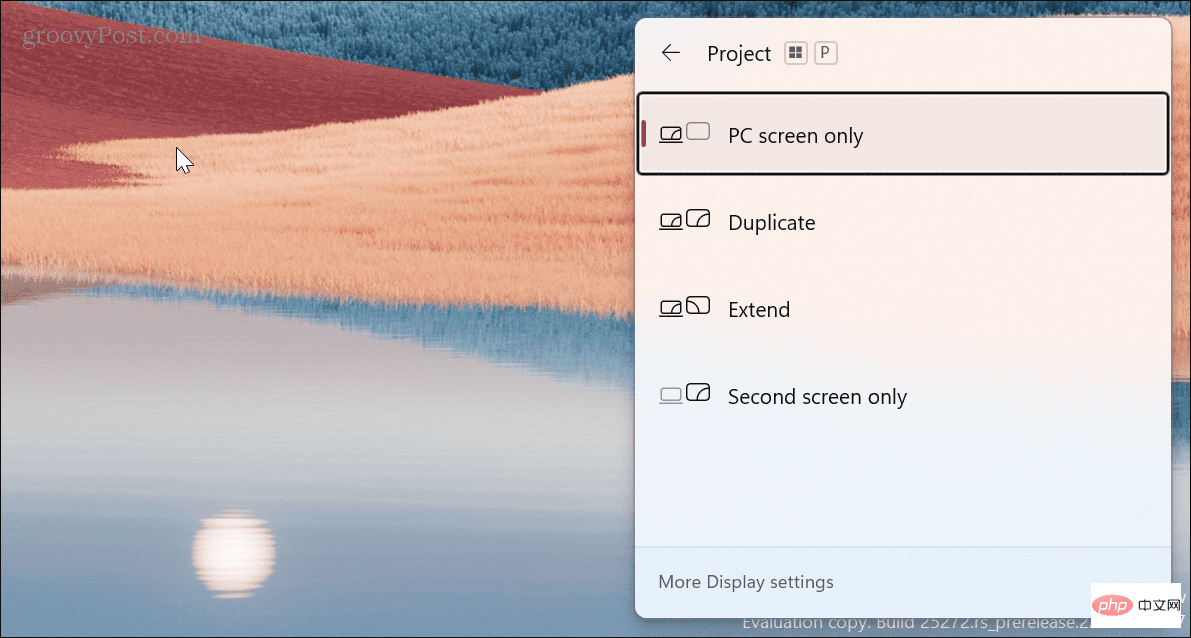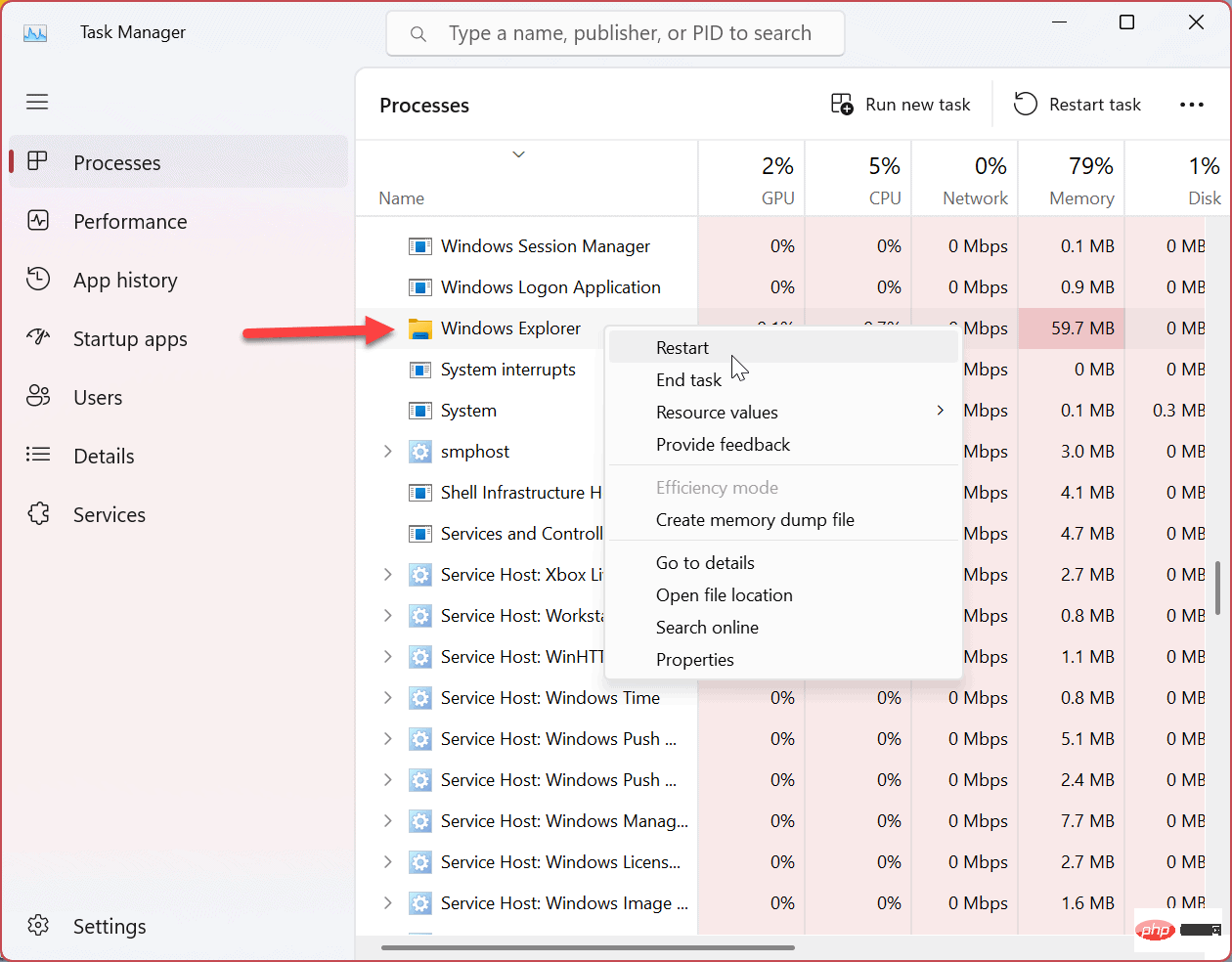How to solve the problem of black screen in Windows 11?
What is the reason for the black screen in Windows 11?
When you get a black or blank screen on your Windows 11 system, there could be several issues at play. For example, the issue could be compatibility with the GPU driver or a hardware issue with the monitor, GPU, cables, or physical input ports or cables.
If you encounter a black screen issue, there are several troubleshooting methods you can use to get back to normal.
Verify power to fix black screen on Windows 11
This option sounds basic, but the problem could be something as simple as making sure your monitor is plugged in and powered on. For example, this option is mainly used for external desktop monitors and laptops connected to an external monitor via a docking station.
Check that the power cord is properly connected to the external monitor and plugged into a known working power outlet. If it doesn't power on, the problem is with the monitor and you need to use another monitor.
Check monitor cables and connections
If you are connecting your desktop or laptop to an external monitor, the first thing to do is check the cables and connections.
Remove the monitor cables, inspect them for damage, and blow out the cable inputs and monitor ports with canned air to remove dust and debris. Plug the cable back in and see if it works. If it still doesn't work, try using a spare cable (if you have one lying around), or borrowing a display cable from another machine that's known to work. Make sure the cable connections are secure.
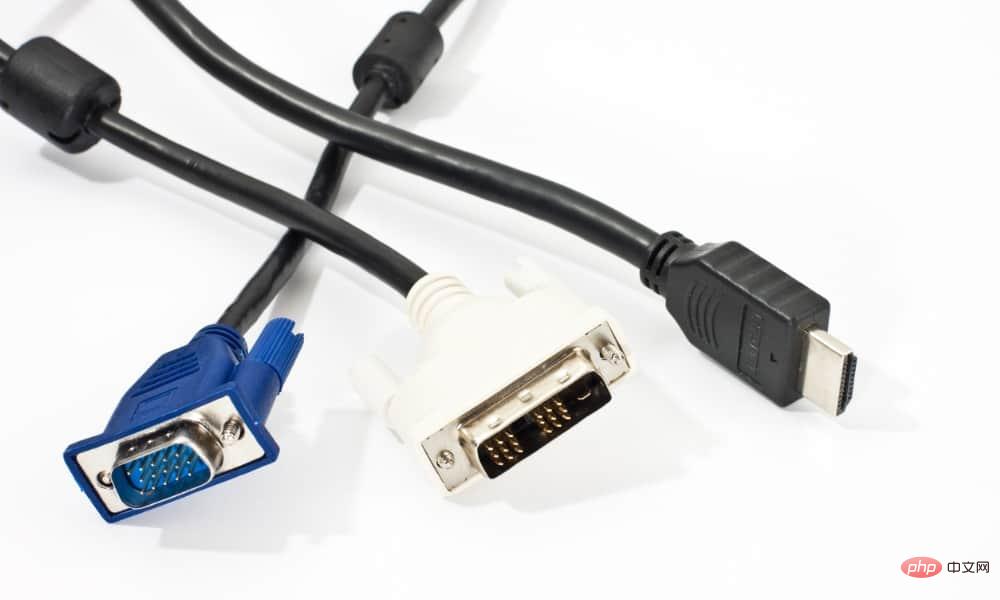
In addition to checking the cables, try using a different output port if you have one - most cards have more than one. For example, the graphics card output port may be damaged. For example, you can try DisplayPort, DVI, HDMI, VGA, or Thunderbolt ports. Use a working port until you can further troubleshoot the GPU.
Restart your PC
Sometimes when you power on your PC, none of the components are receiving power and starting up properly. Therefore, another straightforward step is to reboot the system. Since you have a black screen, you need to do a hard reboot.
Hold down the PC’s power button for 10-15 seconds until the computer shuts down completely. Wait 30-45 seconds and then press the power button to start the PC. See if your monitor now works and you can see the operating system.
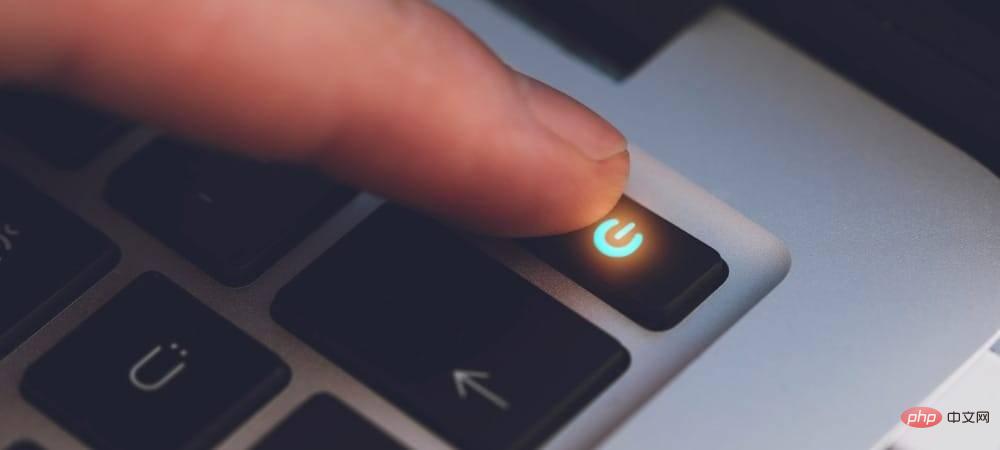
Check the projection settings
If you have a multi-monitor configuration, you need to check the projection settings. Even if you don't, your home screen may appear blank if you accidentally turn it on, so it's worth checking.
Check the projection settings:
- Press the Windows key Pkeyboard shortcut.
- Use the arrow keys to scroll through the list and try to get the correct configuration.
NOTE: You may need to repeat these steps a few times to cycle between each mode.
Disconnect external peripherals
External devices may conflict with your display settings and cause a black screen during startup. Disconnect all external devices such as USB drives, cameras, printers, docking stations, and Bluetooth devices.
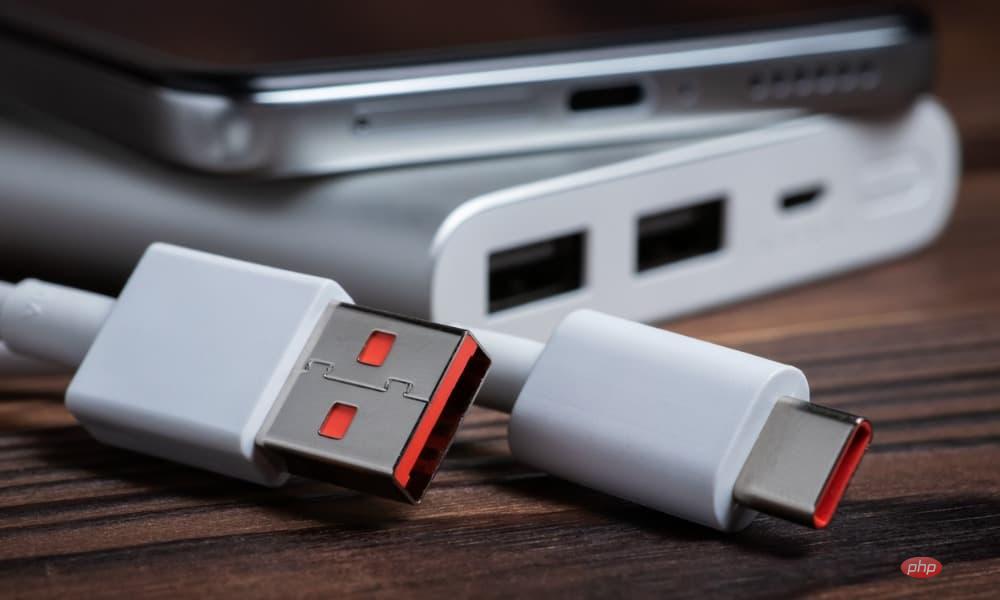
After removing all external devices, power on your PC and see if it fixes the black screen on Windows 11. If so, reinsert each device one at a time until you find the device causing the problem.
Reset Windows Explorer
If a black screen appears but you can still move the mouse, there may be a problem with Windows Explorer. To fix this problem, you can reset it.
To reset Windows Explorer, use the following steps:
- Press Ctrl Shift EscOpen Tasks on Windows 11 Manager.
- When Task Manager opens, select the Processes tab.
- Under the Windows Processes section, right-click Windows Explorer and select Restart from the menu.

If you can't find Windows Explorer, please note that new versions of Windows 11 have a search field at the top to make it easier to find what you need Applications and processes.
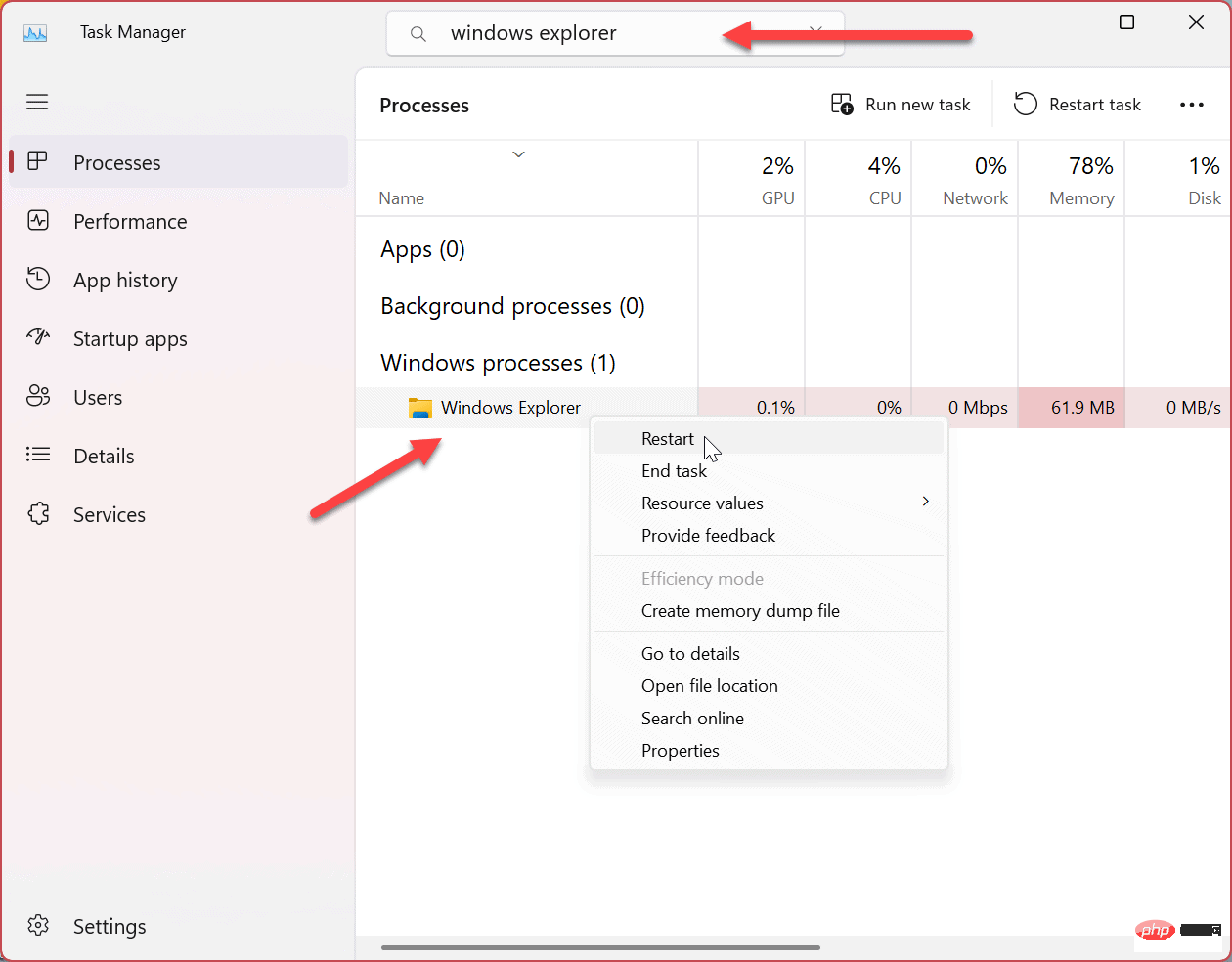
No matter which way you restart Windows Explorer, your screen will flicker briefly and the black screen issue should be resolved.
Start Windows in Safe Mode
If you still have a black screen and can't access the operating system, start Windows 11 in Safe Mode. When you boot into Safe Mode, Windows loads only the essentials to run the operating system.
Use universal drivers for graphics card drivers, sound cards and other components. Again, just enough to access Windows. Booting into Safe Mode allows you to continue using the GUI to resolve black screen issues.

Once you see the Windows 11 user interface, you can proceed with the following troubleshooting steps to fix black screen on Windows 11.
Clean Boot Windows 11
Windows starts with necessary drivers, applications, and services, including those from the manufacturer. However, one of these components may cause the black screen issue. Therefore, performing a clean boot will start your system with minimal components.
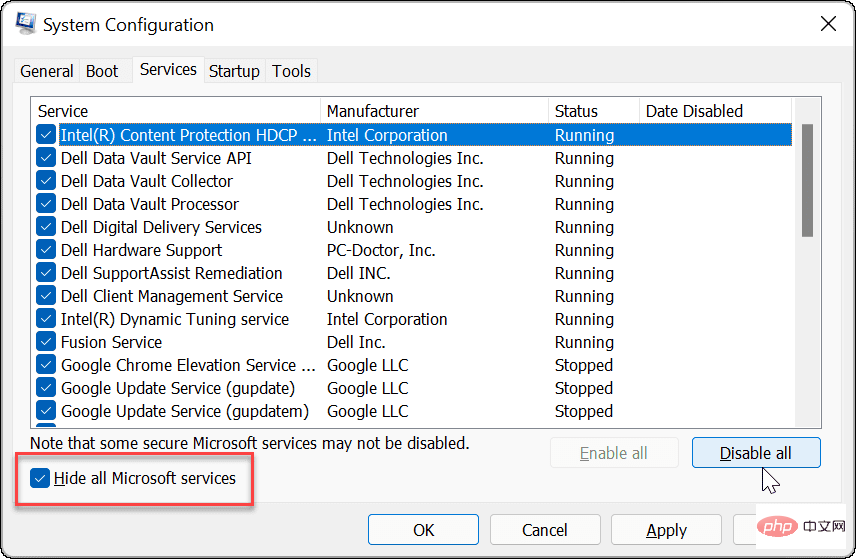
#If the black screen issue is resolved after performing a clean boot, you'll know where to start troubleshooting. To continue, re-enable components one at a time until you find the component causing the problem and leave it disabled.
Update your graphics card (GPU) driver
If your graphics card driver is outdated or corrupt, it may cause a black screen issue. However, you have several options to fix your GPU driver, including updating it, reinstalling the driver, or rolling back the driver.
To manage your graphics card drivers:
- Click the Start button or press Windows keyOpens the Start menu.
- Type Device Manager and click on it under the Best Matches section.

- Expand the Display Adapters section and right-click on your graphics card. This menu gives you three main options, including:
- Update Driver: Install the latest version of the driver for your graphics card. You can let Windows look for updates automatically or update your GPU driver manually.
- Uninstall the device: Uninstall the GPU and driver. Afterwards, restart your system and Windows will reinstall the latest stable driver.
- Properties: Select this option to view your card and roll back the driver. This is helpful if you have recently updated your GPU driver and are experiencing black screen issues afterwards.

#After using one of the above steps, restart your PC and see if the black screen issue has been resolved. Usually, it's best to start by updating the driver, reinstalling it, and rolling back the driver as a final step.
Fix Windows Display
If your PC is experiencing a black or blank screen, there is no need to panic. It can be fixed through simple means, such as a power outage or cable fault, or simply using one of the options above. It is also important to note that you should update Windows 11 as the fix is just a click away.
If you want to get more out of your display on Windows 11, learn what monitor resolution and refresh rate mean. Now that you know resolution and refresh rate, learn about IPS monitors and how they compare to other monitors.
If you have multiple monitors or monitors, check out how to close your laptop and use the monitor. You may also want to know about moving the taskbar to a second monitor or setting different wallpapers on dual monitors.
The above is the detailed content of How to solve the problem of black screen in Windows 11?. For more information, please follow other related articles on the PHP Chinese website!

Hot AI Tools

Undresser.AI Undress
AI-powered app for creating realistic nude photos

AI Clothes Remover
Online AI tool for removing clothes from photos.

Undress AI Tool
Undress images for free

Clothoff.io
AI clothes remover

AI Hentai Generator
Generate AI Hentai for free.

Hot Article

Hot Tools

Notepad++7.3.1
Easy-to-use and free code editor

SublimeText3 Chinese version
Chinese version, very easy to use

Zend Studio 13.0.1
Powerful PHP integrated development environment

Dreamweaver CS6
Visual web development tools

SublimeText3 Mac version
God-level code editing software (SublimeText3)

Hot Topics
 1382
1382
 52
52
 How to convert XML to PDF on your phone?
Apr 02, 2025 pm 10:18 PM
How to convert XML to PDF on your phone?
Apr 02, 2025 pm 10:18 PM
It is not easy to convert XML to PDF directly on your phone, but it can be achieved with the help of cloud services. It is recommended to use a lightweight mobile app to upload XML files and receive generated PDFs, and convert them with cloud APIs. Cloud APIs use serverless computing services, and choosing the right platform is crucial. Complexity, error handling, security, and optimization strategies need to be considered when handling XML parsing and PDF generation. The entire process requires the front-end app and the back-end API to work together, and it requires some understanding of a variety of technologies.
 What is the reason why PS keeps showing loading?
Apr 06, 2025 pm 06:39 PM
What is the reason why PS keeps showing loading?
Apr 06, 2025 pm 06:39 PM
PS "Loading" problems are caused by resource access or processing problems: hard disk reading speed is slow or bad: Use CrystalDiskInfo to check the hard disk health and replace the problematic hard disk. Insufficient memory: Upgrade memory to meet PS's needs for high-resolution images and complex layer processing. Graphics card drivers are outdated or corrupted: Update the drivers to optimize communication between the PS and the graphics card. File paths are too long or file names have special characters: use short paths and avoid special characters. PS's own problem: Reinstall or repair the PS installer.
 xml online formatting
Apr 02, 2025 pm 10:06 PM
xml online formatting
Apr 02, 2025 pm 10:06 PM
XML Online Format Tools automatically organizes messy XML code into easy-to-read and maintain formats. By parsing the syntax tree of XML and applying formatting rules, these tools optimize the structure of the code, enhancing its maintainability and teamwork efficiency.
 How to solve the problem of loading when PS is always showing that it is loading?
Apr 06, 2025 pm 06:30 PM
How to solve the problem of loading when PS is always showing that it is loading?
Apr 06, 2025 pm 06:30 PM
PS card is "Loading"? Solutions include: checking the computer configuration (memory, hard disk, processor), cleaning hard disk fragmentation, updating the graphics card driver, adjusting PS settings, reinstalling PS, and developing good programming habits.
 Does H5 page production require continuous maintenance?
Apr 05, 2025 pm 11:27 PM
Does H5 page production require continuous maintenance?
Apr 05, 2025 pm 11:27 PM
The H5 page needs to be maintained continuously, because of factors such as code vulnerabilities, browser compatibility, performance optimization, security updates and user experience improvements. Effective maintenance methods include establishing a complete testing system, using version control tools, regularly monitoring page performance, collecting user feedback and formulating maintenance plans.
 The XML file is too large, can I convert PDFs on my phone?
Apr 02, 2025 pm 09:54 PM
The XML file is too large, can I convert PDFs on my phone?
Apr 02, 2025 pm 09:54 PM
It is difficult to directly convert super large XML to PDF on mobile phones. It is recommended to adopt a partition strategy: cloud conversion: upload to the cloud platform and processed by the server. It is efficient and stable but requires network and possible payment; segmented processing: Use programming tools to split large XML into small files and convert them one by one, requiring programming capabilities; find conversion tools that specialize in processing large files, pay attention to checking user reviews to avoid choosing software that is prone to crash.
 How to speed up the loading speed of PS?
Apr 06, 2025 pm 06:27 PM
How to speed up the loading speed of PS?
Apr 06, 2025 pm 06:27 PM
Solving the problem of slow Photoshop startup requires a multi-pronged approach, including: upgrading hardware (memory, solid-state drive, CPU); uninstalling outdated or incompatible plug-ins; cleaning up system garbage and excessive background programs regularly; closing irrelevant programs with caution; avoiding opening a large number of files during startup.
 How to solve the problem of loading when the PS opens the file?
Apr 06, 2025 pm 06:33 PM
How to solve the problem of loading when the PS opens the file?
Apr 06, 2025 pm 06:33 PM
"Loading" stuttering occurs when opening a file on PS. The reasons may include: too large or corrupted file, insufficient memory, slow hard disk speed, graphics card driver problems, PS version or plug-in conflicts. The solutions are: check file size and integrity, increase memory, upgrade hard disk, update graphics card driver, uninstall or disable suspicious plug-ins, and reinstall PS. This problem can be effectively solved by gradually checking and making good use of PS performance settings and developing good file management habits.



